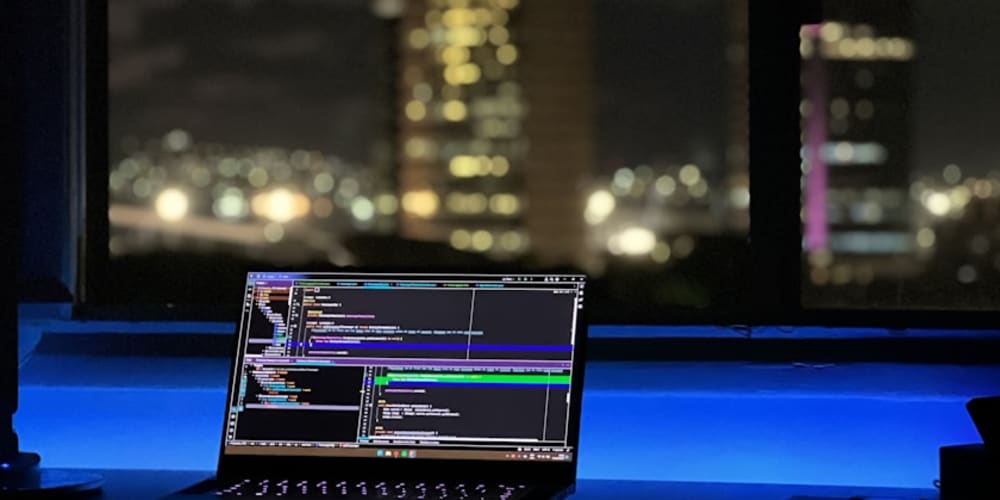Panchmukhi Hanuman, or Panchamukha Anjaneya, is a revered form of Hanuman, one of the most beloved deities in Hindu mythology. Known for his unwavering devotion to Lord Rama and his immense strength and valor, Hanuman is often depicted in a unique five-faced form known as Panchmukhi Hanuman. This manifestation is rich with symbolic meaning, each face representing different aspects of divinity and providing various forms of protection and blessings. In this article, we will explore the origins, significance, and symbolism of Panchmukhi Hanuman, as well as the benefits of worshipping this powerful deity.
Origins of Panchmukhi Hanuman
The concept of Panchmukhi Hanuman finds its origins in ancient Hindu scriptures and texts. According to legend, during the battle between Lord Rama and the demon king Ravana, Hanuman assumed the five-faced form to accomplish a crucial mission. Ravana's brother, Ahiravana, had captured Rama and his brother Lakshmana and taken them to the netherworld. To rescue them, Hanuman transformed into Panchmukhi Hanuman each face facing a different direction to ensure vigilance and protection.
The five faces of Panchmukhi Hanuman are:
East-facing Hanuman (Anjaneya): Represents courage, strength, and devotion.
South-facing Narasimha: Symbolizes fierce protection and the destruction of evil.
West-facing Garuda: Embodies vigilance, power, and the ability to combat negativity.
North-facing Varaha: Signifies the strength to support and sustain the earth.
Skyward-facing Hayagriva: Represents wisdom, knowledge, and the eradication of ignorance.
Symbolism of Panchmukhi Hanuman
Each face of Panchmukhi Hanuman carries deep symbolic meaning, offering a comprehensive array of divine blessings and protection.
East-facing Hanuman (Anjaneya): This face symbolizes the core essence of Hanuman, representing his boundless strength, unwavering devotion to Lord Rama, and his role as a protector of devotees. It embodies the qualities of bravery, loyalty, and selfless service.
South-facing Narasimha: Narasimha, the half-man, half-lion avatar of Lord Vishnu, is known for his fierce protection and the annihilation of evil forces. This face represents the aspect of Hanuman that destroys negativity and safeguards the righteous.
West-facing Garuda: Garuda, the mighty eagle and vehicle of Lord Vishnu, symbolizes power, speed, and vigilance. This face highlights Hanuman's ability to swiftly overcome obstacles and protect his devotees from harm.
North-facing Varaha: Varaha, the boar incarnation of Vishnu, is associated with the strength to uplift and support the earth. This face signifies Hanuman's role in maintaining balance and stability, offering protection and support to his devotees.
Skyward-facing Hayagriva: Hayagriva, the horse-headed form of Vishnu, represents wisdom, knowledge, and the dispelling of ignorance. This face emphasizes Hanuman's role as a guide and teacher, helping devotees attain spiritual enlightenment.
Significance of Worshipping Panchmukhi Hanuman
Worshipping Panchmukhi Hanuman is believed to bring numerous benefits, including protection from evil forces, strength to overcome challenges, spiritual growth, and overall well-being. Devotees seek his blessings for courage, wisdom, and the ability to navigate life's difficulties with resilience and faith.
Protection from Negativity: Panchmukhi Hanuman is considered a powerful guardian against evil spirits, negative energies, and malevolent forces. His presence is believed to create a protective shield around devotees and their homes.
Strength and Courage: Hanuman's strength and valor are legendary. Worshipping Panchmukhi Hanuman instills courage and determination, helping devotees face challenges with confidence and resilience.
Spiritual Growth: The wisdom and knowledge embodied by the Hayagriva face guide devotees on their spiritual journey, promoting inner growth, self-awareness, and enlightenment.
Harmony and Peace: The positive vibrations emanating from Panchmukhi Hanuman's presence bring peace and harmony, fostering a balanced and serene environment.
Rituals and Practices
Devotees of Panchmukhi Hanuman often engage in various rituals and practices to honor and seek his blessings. These rituals may include:
Daily Worship: Devotees light a lamp (diya) and offer flowers, fruits, and sweets to Panchmukhi Hanuman's idol or image. Reciting Hanuman Chalisa, a devotional hymn, is a common practice.
Special Days: Tuesdays and Saturdays are considered particularly auspicious for Hanuman worship. Devotees may observe fasting, perform special prayers, and visit Hanuman temples on these days.
Hanuman Jayanti: The birth anniversary of Hanuman, known as Hanuman Jayanti, is celebrated with great fervor. Special prayers, rituals, and festivities mark this auspicious occasion.
Mantras and Chants: Chanting mantras dedicated to Panchmukhi Hanuman, such as the Panchmukhi Hanuman Kavach, is believed to invoke his protection and blessings.
Pooja Room: Placing an idol or image of Panchmukhi Hanuman in the pooja (prayer) room or a dedicated sacred space at home ensures a constant flow of positive energy and divine protection.
Conclusion
Panchmukhi Hanuman is a powerful and revered form of Hanuman, embodying various aspects of divinity and offering comprehensive protection and blessings to devotees. His five faces represent different qualities, including strength, protection, wisdom, and vigilance, making him a multifaceted deity who guides and safeguards his followers. Worshipping Panchmukhi Hanuman brings numerous benefits, including protection from negativity, strength to overcome challenges, spiritual growth, and inner peace. By engaging in regular worship, chanting mantras, and observing rituals, devotees can invoke the divine presence of Panchmukhi Hanuman and experience his profound blessings in their lives.



















